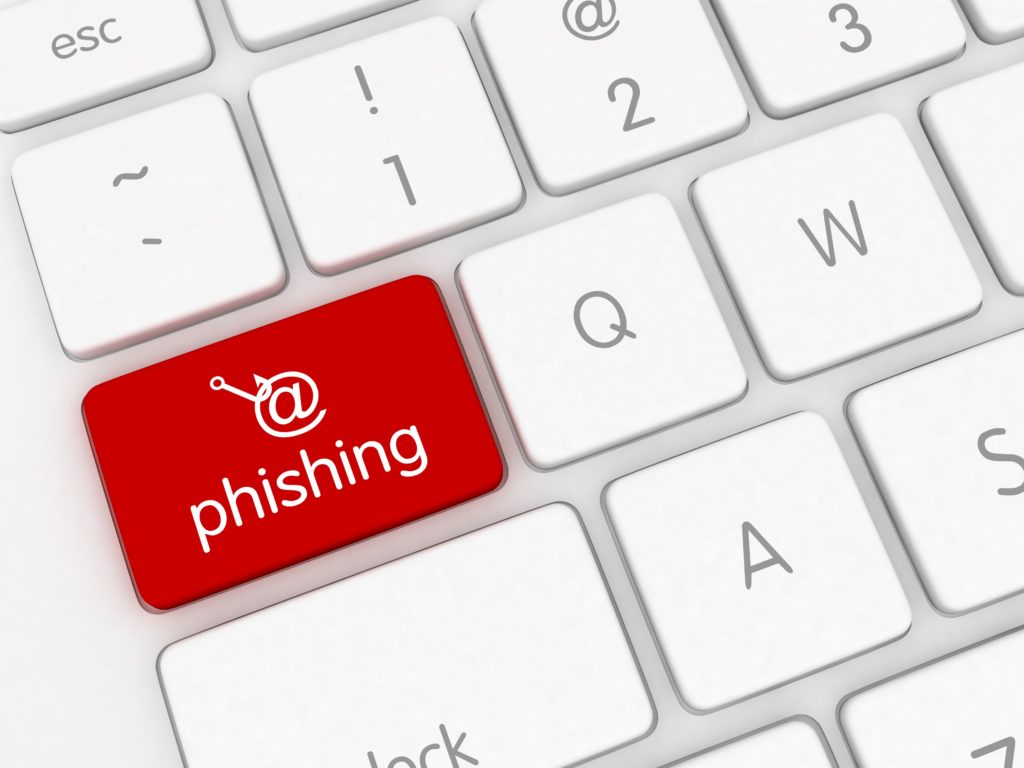The realm of cybersecurity is constantly being taxed by frequently evolving threats. Adding to this degeneration of online safety is a lack of appropriate understanding and expertise in the field. In 2018, one poll showed that 51 percent of its responders reported gaps in cybersecurity.
That’s not exactly a comforting number, and it means cyber threats penetrate networks more frequently than we’d like. For over a decade, phishing emails have remained a prevalent threat. In short, a phishing email is an attempt at social engineering. It attempts to bypass the defense of a network by attacking the human element.
You might receive an email from a “friend,” or a business, claiming an error. Said error can only be resolved – the message claims – by accessing a link provided inside the email. If that sounds “phishy” then you’re right.
While dealing with gaps in expertise is difficult, an organization can protect itself by building competency among workers. Those that are educated and know how to identify a phishing email are more likely to delete it. Therefore, identifying critical threats as soon as possible is paramount.
What are some characteristics of phishing emails?
Spelling Errors
Often foreign third parties and bots operate the phishing emails sent to your inbox. Therefore, common spelling errors are a critical sign it’s a bad email. This is especially the case if it appears to be from a valid entity when it is not.
Syntax Errors and Grammar Errors
Just as with spelling, pay special attention to the formatting of an email. Grammar issues, even tiny ones, are giveaways. Most organizational emails are formed from a template, meaning they won’t be missing apostrophes or periods.
As well, you might see the text randomly change in type, size, or color. These are signs the email is malicious.
Links
Often, a phishing email is accompanied by a link – single or multiple. The goal of the message is to trick the reader into clicking that link and providing essential details about themselves. No official email will ask for your name, password, or other private information.
Unknown Transaction
Notorious among PayPal phishing emails, often the message tries to alarm the reader. A fraudulent transaction can seem dire. Emails using these methods often use official-looking imagery to mask their goals.
However, if you have alerts set up with your bank account, strange activity is often reported differently. It’s also best to check the official website to verify if the message is indeed accurate.
Strange Sender Addresses
Though it is less common, if the sender address is entirely unfamiliar, chances are it’s a fraudulent message.
These are some of the key attributes that make up phishing alerts. Remember, their goal is the same: to get the user to click on one or several links in hopes they will provide critical information about themselves. In work, it is important to stress safety first. Disregard anything that you believe appears unsafe.
By utilizing these steps, you can ensure that you strengthen your cybersecurity program – expert or not.


